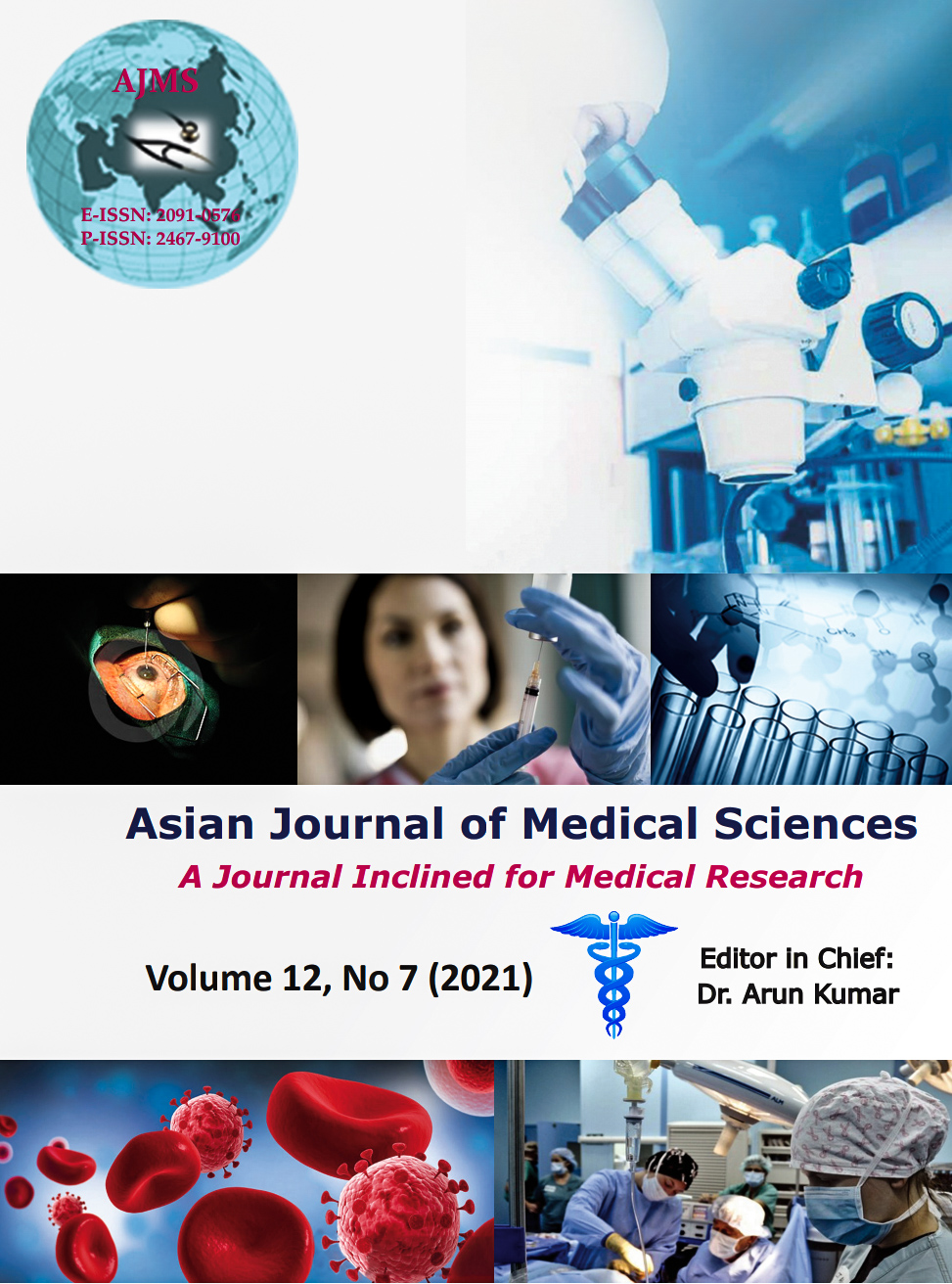What is the effect of advanced diagnostic methods on sensitivity and survival in the multiple breast cancers? A systematic analysis and comparison
Keywords:
Multiple breast cancer, Sensitivity, Diagnosis, TreatmentAbstract
The sensitivities of the advanced diagnostic methods appear to be higher than the conventional methods and do have the potential to prolong survival, in multiple (multifocal and multicenter) breast cancers. Thus, the aim of this study is to compare the sensitivities of advanced and conventional diagnostic methods and to reveal their effects on survival. The studies published about diagnosis and treatment methods in multiple breast cancer in literature were searched, analyzed, and the sensitivities obtained with advanced and conventional diagnostic methods were compared, and the results were evaluated statistically. The sensitivity obtained with the advanced diagnostic methods in multiple breast cancers was found to be significantly higher than the conventional methods (p <0.05). The high sensitivities obtained with advanced diagnostic methods were found to have a high potential for survivial prolongation in multiple breast cancers. The use of advanced diagnostic methods in breast cancer screening programs, the investigation of tumor foci with molecular methods, increases the rate of diagnosis in multiple breast cancers. In the treatment of multiple breast cancers, a personalized treatment plan is made with the diagnosis of the molecular structure of the tumor foci. Thus, the recurrence rates are reduced, the survival is prolonged.
Downloads
Downloads
Published
How to Cite
Issue
Section
License
Authors who publish with this journal agree to the following terms:
- The journal holds copyright and publishes the work under a Creative Commons CC-BY-NC license that permits use, distribution and reprduction in any medium, provided the original work is properly cited and is not used for commercial purposes. The journal should be recognised as the original publisher of this work.
- Authors are able to enter into separate, additional contractual arrangements for the non-exclusive distribution of the journal's published version of the work (e.g., post it to an institutional repository or publish it in a book), with an acknowledgement of its initial publication in this journal.
- Authors are permitted and encouraged to post their work online (e.g., in institutional repositories or on their website) prior to and during the submission process, as it can lead to productive exchanges, as well as earlier and greater citation of published work (See The Effect of Open Access).




